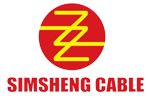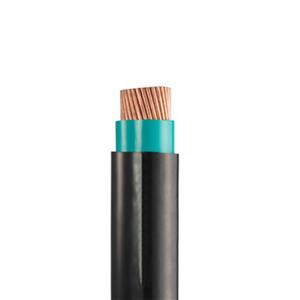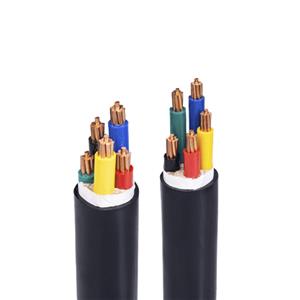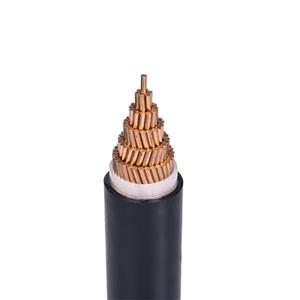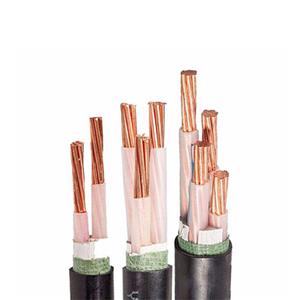What are the requirements for cable laying?
Many customers will have various questions during the cable laying process, such as how to lay and fix the cable? We have been engaged in the production of wires and cables for more than 20 years. Here we provide some suggestions for you.
Cables and compensation wires should be laid in metal wire pipes or wire troughs. The impact of ambient temperature on the wires should meet the temperature of the conductor during normal use and should not exceed the specified maximum temperature, otherwise protective measures should be taken. In addition, the model of the compensation wire should be consistent with the graduation number and tolerance level of the thermocouple and should be qualified after verification. The cross-sectional area should meet the maximum allowable external resistance requirements of the instrument or computer temperature module and should not be less than 1mm². The polarity must not be connected incorrectly when wiring at both ends. The wires laid in the bearing box should be oil-resistant and high-temperature resistant insulated soft wires. The wires should be firmly fixed and easy to disassemble and assemble, and their outlets should have sealing connectors and other measures to prevent oil leakage.
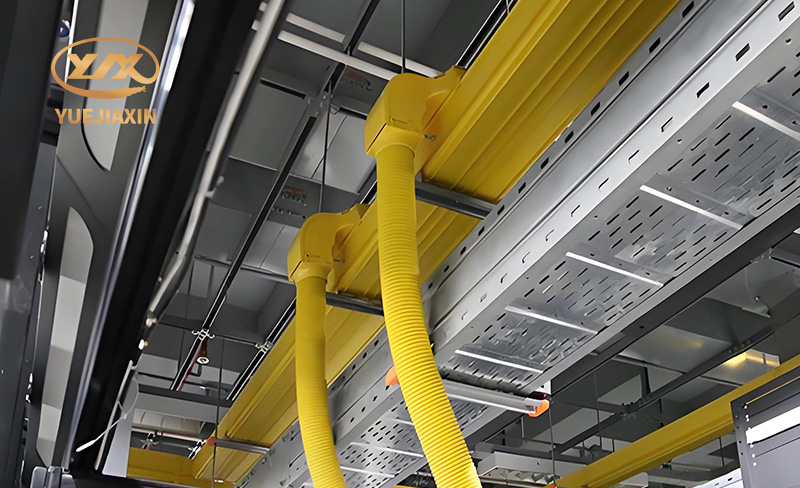
The material, model and specification of the selected cable core should meet the design requirements. If it is a computer signal cable, it cannot be laid in the same protective tube as the strong power control cable. The laying path of the cable should meet the design requirements and avoid the equipment lifting holes, peepholes, explosion-proof doors and areas susceptible to mechanical damage; cables laid near thermal equipment and pipelines should not affect the disassembly and assembly of equipment and pipelines; open cables should not be laid parallel to the upper part of the thermal pipeline. When there is no partition protection between the cable and the thermal pipeline, the insulation of the cable and the thermal pipeline should be greater than 500mm when the distance between them is parallel, the cross laying should be greater than 250mm, and the distance between them when they are laid parallel to other pipelines should be greater than 100mm.
It should be noted in particular that the cable should not be laid in parallel directly below the oil pipeline and the corrosive medium pipeline, and should not pass under the valves or interfaces of the oil pipeline and the corrosive medium pipeline. Thermal pipelines shall not be arranged in closed cable channels such as cable tunnels, trenches, shafts, and mezzanines, and pipelines with flammable gases or flammable liquids are strictly prohibited from crossing. Direct buried cables must not be laid parallel to directly above or below underground pipelines.
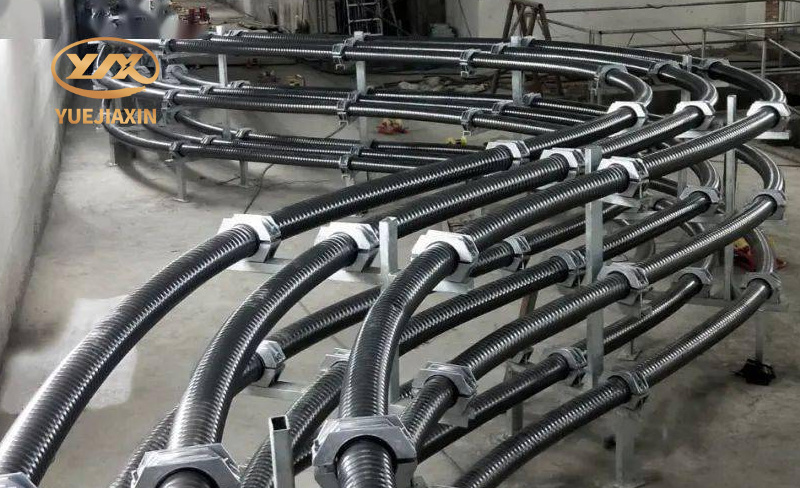
Foshan Yuejiaxin Wire & Cable Co., Ltd. was established in 1999 and has been deeply involved in the wire and cable industry for more than 20 years. Our products and services are trusted by consumers. If you want to know more about the wire and cable industry, please pay close attention to our official website.
- PVC-Insulated Cable
- 450/750V BV Single- Core Cu/PVC Cable
- 450/750V BVR Single- Core Cu/PVC Cable
- 300/500V Or 450/750V RV Single-Core Cu/PVC Flexible Cable
- 300/500V Or 450/750V RVV Multi-Core Cu/PVC/PVC Flexible Black Cable
- 300/500V Or 450/750V RVV Multi-Core Cu/PVC/PVC Flexible White Cable
- 300/500V Or 450/750V RVVP Multi-Core Cu/PVC/CWS/PVC Screened Flexible Cable
- 450/750V KVV Multi-Core Cu/PVC/PVC Control Cable
- 450/750V KVV22 Multi-Core Cu/PVC/STA/PVC Armoured Control Cable
- 450/750V KVVP Multi-Core Cu/PVC/CWS/PVC Screened Control Cable
- 450/750V KVVP2-22 Multi-Core Cu/PVC/CTS/STA/PVC Screened Armoured Control Cable
- 0.6/1KV PVC-Insulated PVC-sheathed Single-Core Power Cable
- 0.6/1KV PVC-Insulated PVC-sheathed Multi-Core Power Cable
